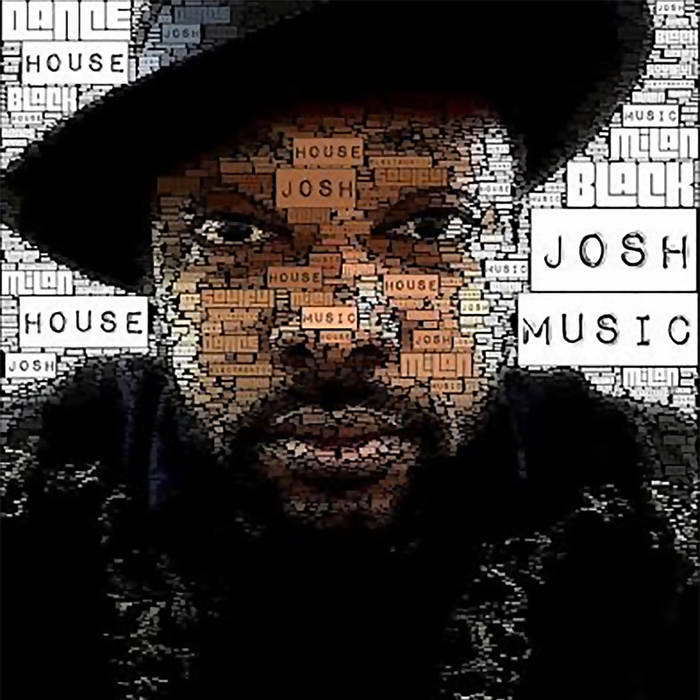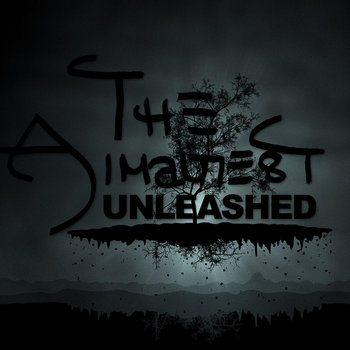
Written by Peter Kafka — A decade and a half after Napster, the music business is finally changing. But only grudgingly: Even as music labels have begun to embrace digital streaming, they are still trying to protect the sales of $15 albums, a format consumers have long rejected.
And despite protests to the contrary from label executives, they are still doing business the way they always have: Pouring money into new albums, with the hope that a small fraction of them will become huge hits, and make up for losses everywhere else.
The late Dave Goldberg had a better idea: He wanted to radically reinvent the modern music label, by cutting its staff and expenses dramatically, focusing almost entirely on digital and moving away from making new music.
Under Goldberg’s plan, the big label of the future wouldn’t try to sign Taylor Swift, or the next Taylor Swift. It would lose a lot of the sex appeal the business still maintains and its revenues would shrink. But it would end up being much more profitable, and much more valuable.
When Goldberg died last spring, he was running SurveyMonkey, a very successful digital polling company. But he started his career in music — first at Capitol records, and then via Launch Media, a digital music company he co-founded and ultimately sold to Yahoo. He always retained a keen interest in the industry and its inability to adapt to the digital world.
Over the years, Goldberg would offer his prescription for the industry to anyone who would listen. Now the world can see it, via a memo he wrote to Sony Entertainment CEO Michael Lynton last summer. The memo surfaced earlier this year via the Sony hack, and some industry folks have referenced it since then. I’m re-printing here because it’s relevant for the music industry, and any other business that is struggling to reinvent itself (that is, most industries).
Goldberg wasn’t delusional about how difficult it would be for Sony Music, which Lynton oversaw, to transform itself.
“I think this amount of reinvention has rarely been done inside a public media company and it would be tough for Sony as a company to stomach the complaints from artists, employees and related parties,” he told Lynton.
But here are his main ideas:
- Cut back on new releases, limiting them to smaller acts that won’t command big advances and marketing costs. The goal isn’t signing big acts, but “safely getting some good music out that has longevity.”
- Cut back on label employees who sign new artists and market them, but spend some money on the technology the label will need to track licensing revenue, etc.
- Cut back on international operations. “This is a huge part of the cost base with very little value.”
- “Dramatically” change digital licensing to get more competitors to offer both subscription services and free, ad-based services. Goldberg suggests offering Spotify, Google and everyone else flat-rate deals that encourage them to “heavily invest in growing their user and revenue bases because they would see improved margins on each incremental sub. … If Netflix wanted to pay 200 MM per year to give all of its 40MM subs a music subscription — that should be encouraged, not scoffed at.”
And here’s the full memo:
Core strategic assumptions:
Music is becoming a purely digital product. A digital-only recorded music company will be a much more profitable one after one-off restructuring costs. It will have lower revenue and higher margins. Its revenue will be very stable and grow with the overall digital music market growth. It will be a much more valuable company with its revenue base solidly coming from subscription and ad revenue. It will be valued like music publishing companies or cable channels, not like recorded music companies today. Margins for recorded music should eventually be above 40% on that lower but growing revenue base.
Catalog provides 50% of the revenue and 200% of the profits of recorded music. This has generally been the case for the other recorded music companies when the analysis was correctly done. The correct analysis requires including reissues, live albums, greatest hits releases in catalog. Catalog needs to be defined much more broadly to include all music that hasn’t been created in the last 2 years- EMI used to call the Beatles releases “new music” even though they clearly weren’t under a new album contract.
In addition, streaming revenues tend to be more heavily weighted to catalog. Pandora and Spotify are probably 65% catalog under this definition. Licensing and synch revenue are mostly catalog as well.
Therefore, if Sony Recorded Music (ex-Japan) is doing $250MM in EBITDA today, catalog is probably generating approximately $500 MM and the new release business, which is 98% of the headcount, is losing $250MM per year. The catalog is also primarily generating this revenue off “deep” catalog that is at least 5 years old or older. The great classics of pop music are stable earners, much like the consistent songs that generate most of the music publishing revenues.
With catalog providing the base profits, new releases need to be cut back dramatically to the point where the new business either breaks even or loses a small amount of money (justified by the long term catalog income stream of those songs). Thus, if the new release business is oriented towards building new deep catalog, it changes the entire process from trying to pick big hits to safely getting some good music out that has longevity. This will bias new releases to genres like rock and country that typically have had strong catalog. These also happen to be the genres that don’t have expensive producers so more music can be created for the same A&R dollars.
The record company needs to act like a music publisher for new releases- putting up very little money but not trying to hold artists for long contract periods or to keep as much of the revenue. Advances would be $50k with a 40% revenue share after the advance. Losses in new releases are generally driven by expensive fixed headcount and built-in marketing costs for new releases that don’t pay off. The new release business budget, employees and capital need to be ring-fenced from the catalog so that it stands on its own with a Lifetime Value assessment of the capital deployed.
Most fixed headcount in new releases will need to be eliminated, artists will need to be paid quickly and transparently, deals will need to be simple and fair and catalog replenishment is the only goal of the new release business. Artist contracts that have large fixed marketing costs will need to be restructured or sold off as there will no longer be headcount to do the work.New releases will be tested on consumers before added money is spent to ensure that it isn’t wasted.
In short, the new release business will become like an independent label. Publishing and recorded music A&R should be combined to ensure that all recorded music releases had a combined publishing deal and that you can capture the publishing value from the catalog you create. Not all new publishing writers would be on recorded music contracts but all new recorded music contracts should be combined with publishing.
Physical distribution is going away- it doesn’t need to be eliminated prematurely but it needs to follow digital and not drive it. The record company will want to milk the physical CD business but not worry about supporting retailers with credit to make quarterly numbers. Jamming product into the channel needs to be eliminated and the digital business needs to be the priority.
Internationally, most local repertoire will probably have to be eliminated. The record company will want to sell off the local repertoire or spin out the local labels and focus on English language repertoire globally, unless there is some country that has managed to be profitable on its local repertoire (i.e.Japan). This is a huge part of the cost base with very little value. Digital distributors do not need local new release labels to work with as they are all regional or global players. International local publishing repertoire will need to be evaluated but much of that cost and infrastructure shouldn’t continue either.
Digital licensing strategy needs to change dramatically. The record company and the publishing company need to understand the economics and the ecosystem of the DSPs and work to help them grow profitably but also to ensure that there are multiple providers. Pandora should be incentivized to build a subscription business, Spotify to enter the radio space, new entrants to have an advantage in the beginning and much more international access to digital content.
The simplest way to start would be to offer Pandora, Spotify, Google, Amazon and others a new three year deal. This would be a 10-15% premium over their expected payment for the 3 years but they would get unlimited use of the music during that period. This would incent them to heavily invest in growing their user and revenue bases because they would see improved margins on each incremental sub.
Additionally, the record company would make licenses transparent and simple for all new entrants while removing the price setting constructs from on-demand subscription. If Netflix wanted to pay 200 MM per year to give all of its 40MM subs a music subscription- that should be encouraged, not scoffed at. The goal for digital is for subscription and ad based services to become the predominant means for people to access music. These services need margin to attract capital to make the investment to grow their user bases. This should help build more stable long-term revenue streams for both recorded music and publishing.
Publishing needs to extract itself from the tax of the PROs (ASCAP, BMI). The technology is available today to enable direct licensing of public performances for radio and TV- if the costs of the PROs was shared equally between broadcasters and publishers, this could result in an incremental 7%-9% revenue increase to publishers on the same base of content. In addition, record companies should be able to get a US performance right for analog radio by pushing hard to move as many listeners to digital radio as quickly as possible.
Headcount reductions will take time but after the restructuring period, it should be possible to run Recorded Music with a few hundred people and the same for publishing. More investment will be needed in technology for royalties, reporting and licensing content and revenue will certainly come down on the recorded music side but the absolute and relative margin improvements should make up for it.
It should be easy to double margins without much change- Warner now has an 18% OIBDA margin on a lower revenue and publishing based compared to Sony’s 11%. But the goal is to get to a 40% margin on the combined Sony Music business, albeit on lower revenue. This should be a growth business that grows with the digital business and gets a substantial premium on its valuation because of the margin, the stability of the cash flow and the growth.
If the whole business had $587MM of OIBDA on $5.4 B of revenue last year, it should get to $1.6B of OIDBA on $4B of revenue in 3 years. This would be an almost 3X improvement in absolute earnings but would be a 4-5x increase in valuation because of the margins and the growth tied to digital. The new business would be growing 10-20% annually with high margins.
Click here to read from this article's source.












































